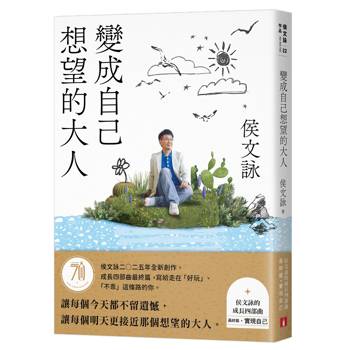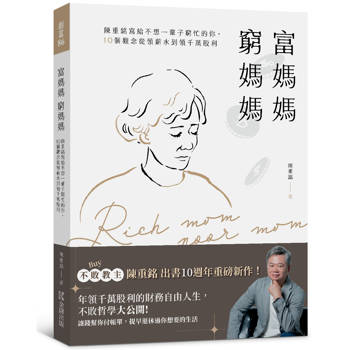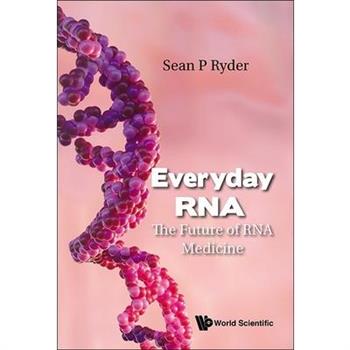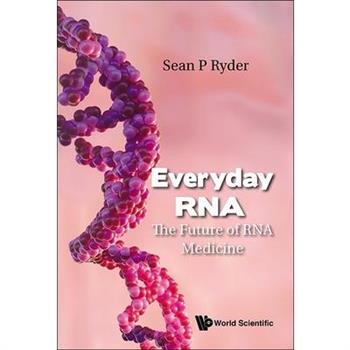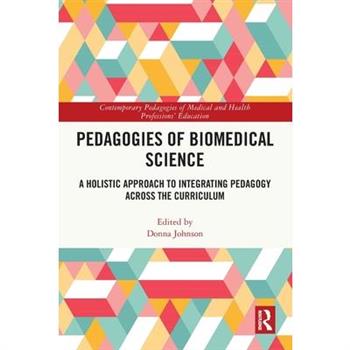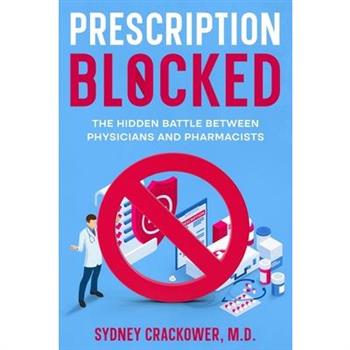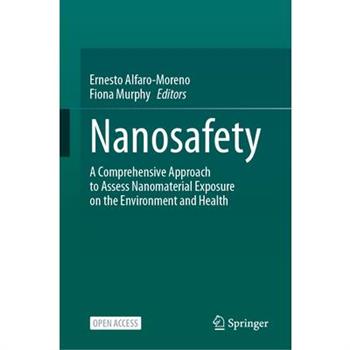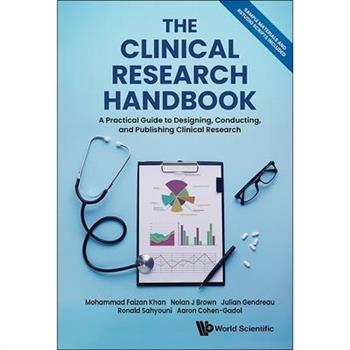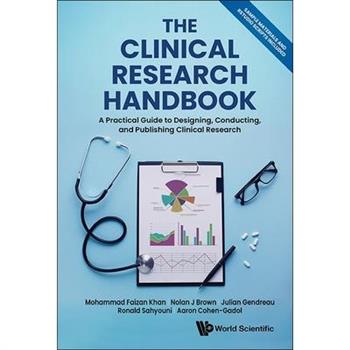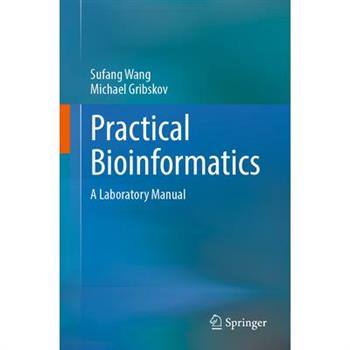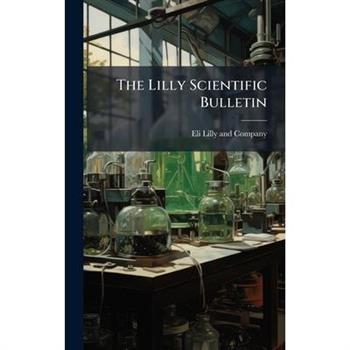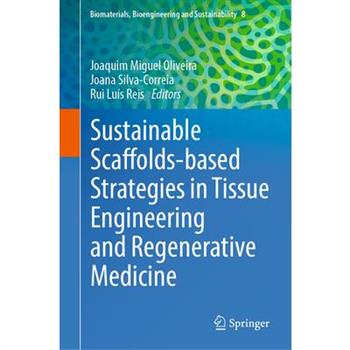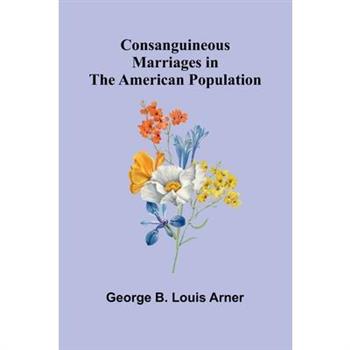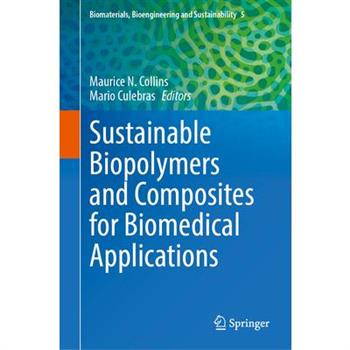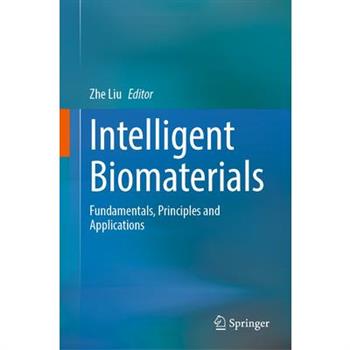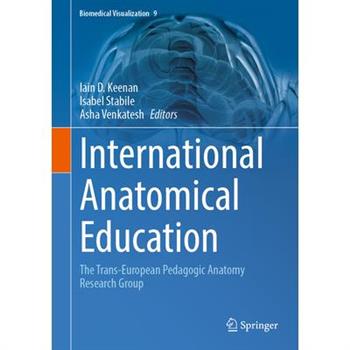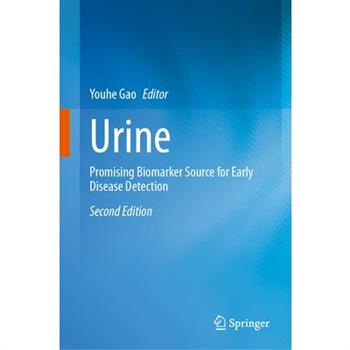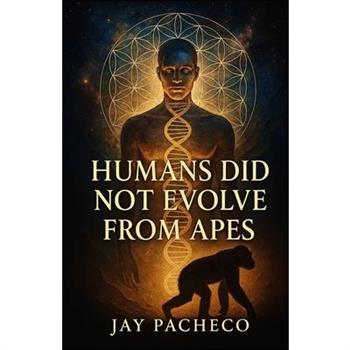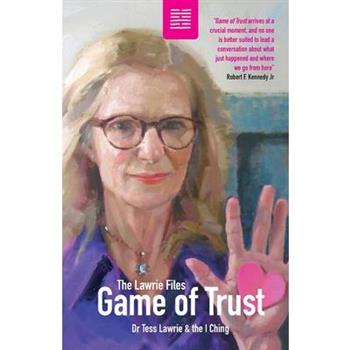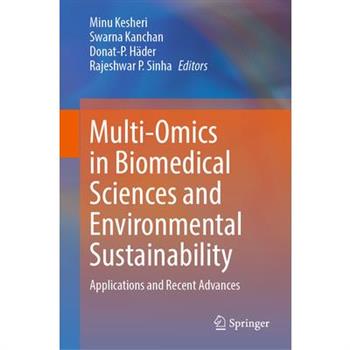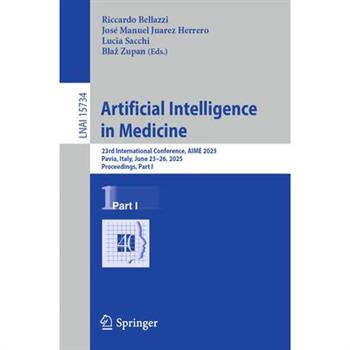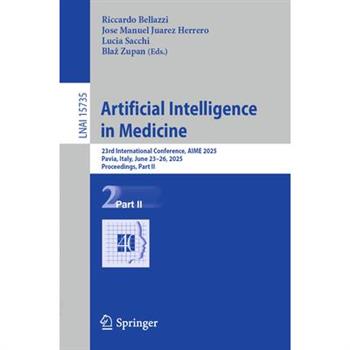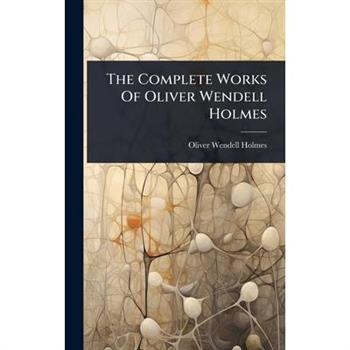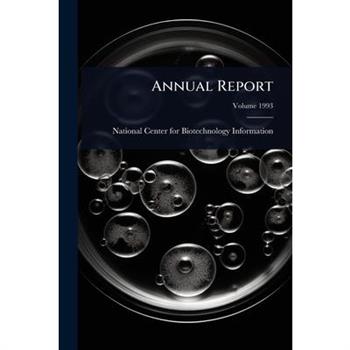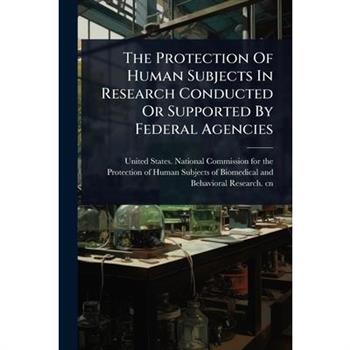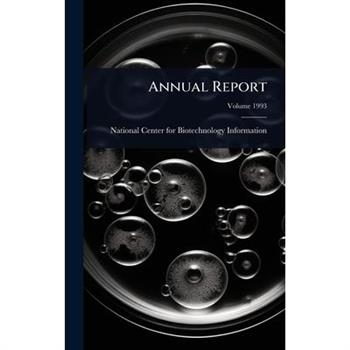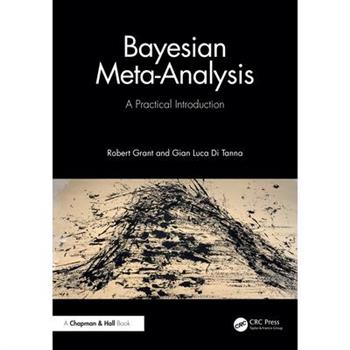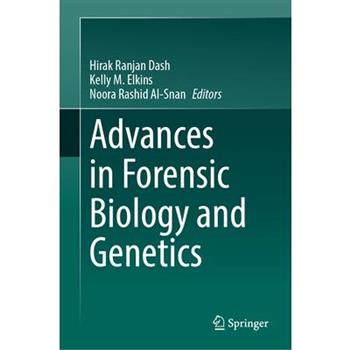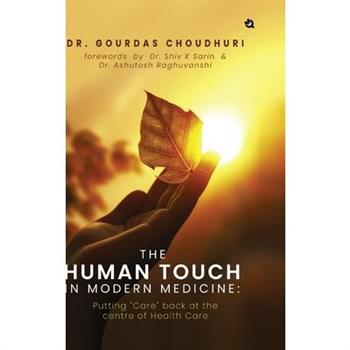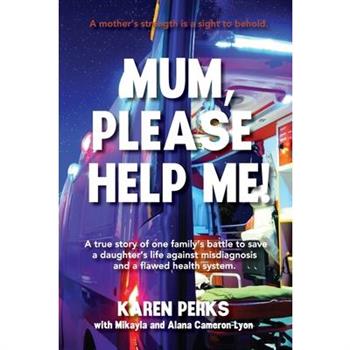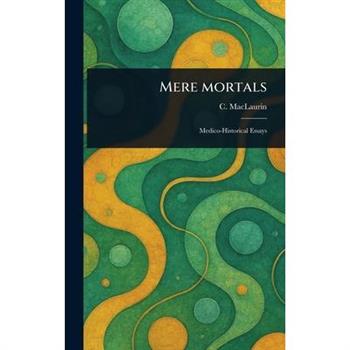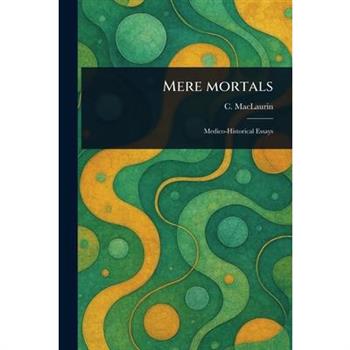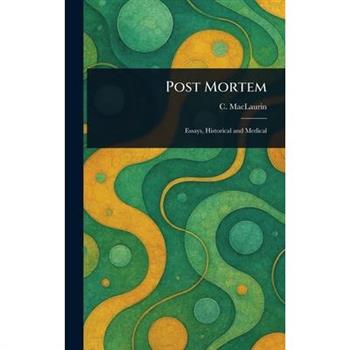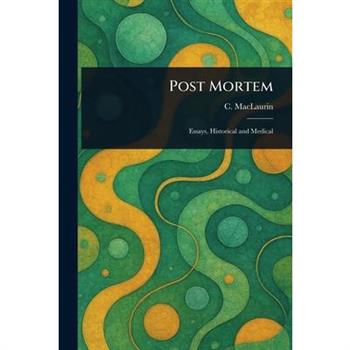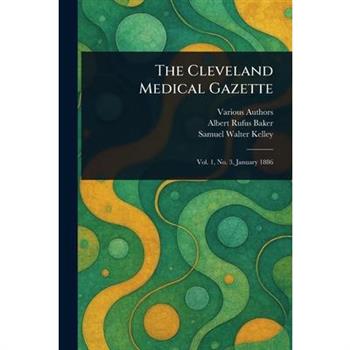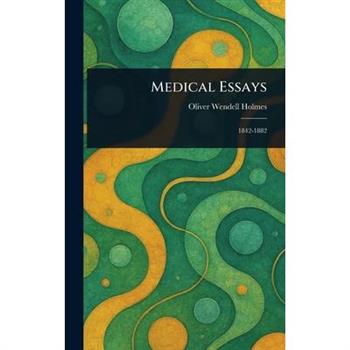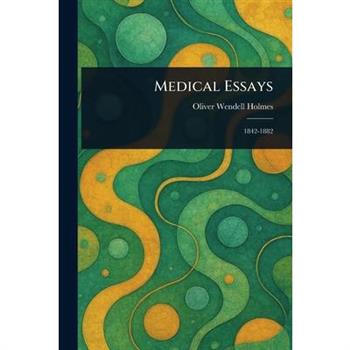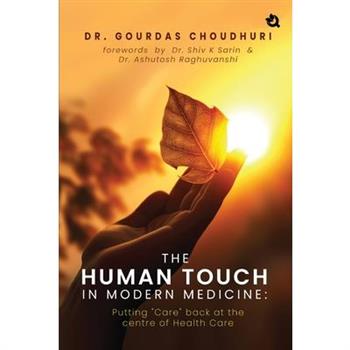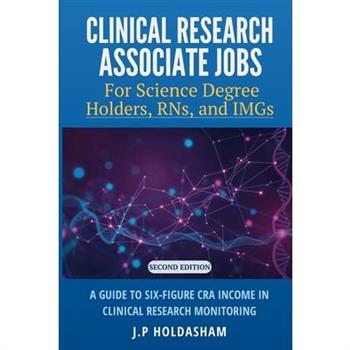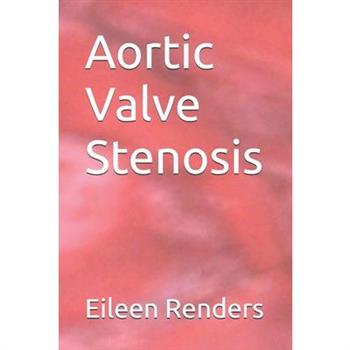Everyday RNA
This book describes the development of biological RNA therapeutics their potential to transform modern medicine. The book is intended to be accessible to a scientifically literate layperson but could also be used in undergraduate and graduate classrooms. It is divided into three parts. The first section introduces the inner workings of RNA in our cells, how it is produced, what it is used for, and what happens when things go wrong. This section will familiarize the reader with the general principles of RNA biology and provide context through a few well-known diseases. The second section focuses on emerging RNA therapeutics, including antisense oligonucleotides, double-stranded RNAs, and now the now widespread use of mRNA vaccines. The final section will describe RNA-guided genome editing as a new therapeutic intervention. This section will focus on CRISPR-cas9, how RNA acts to guide the enzyme to mutated DNA, and the potential for this approach to combat diseases that have long plagued the medical community. The book is intended to provide an honest appraisal of the potential of RNA medicine, the upsides as well as the challenges in an easy-to-understand format that will be useful to all.
Everyday RNA
This book describes the development of biological RNA therapeutics their potential to transform modern medicine. The book is intended to be accessible to a scientifically literate layperson but could also be used in undergraduate and graduate classrooms. It is divided into three parts. The first section introduces the inner workings of RNA in our cells, how it is produced, what it is used for, and what happens when things go wrong. This section will familiarize the reader with the general principles of RNA biology and provide context through a few well-known diseases. The second section focuses on emerging RNA therapeutics, including antisense oligonucleotides, double-stranded RNAs, and now the now widespread use of mRNA vaccines. The final section will describe RNA-guided genome editing as a new therapeutic intervention. This section will focus on CRISPR-cas9, how RNA acts to guide the enzyme to mutated DNA, and the potential for this approach to combat diseases that have long plagued the medical community. The book is intended to provide an honest appraisal of the potential of RNA medicine, the upsides as well as the challenges in an easy-to-understand format that will be useful to all.
Nanosafety
Nanosafety encompasses a spectrum of multidisciplinary studies, including nanotoxicology, immunotoxicology, genotoxicity, and epigenetic effects. Nanomaterials, with their unique properties and diverse applications, have revolutionized industries from medicine to electronics. However, the potential risks associated with their use demand meticulous investigation and understanding. This open access book serves as a crucial resource, bridging the gap between the burgeoning field of nanotechnology and the imperative need to ensure the safety of nanomaterials in various contexts. As nanotechnology continues to transform our world, this book provides invaluable insights and guidance for researchers, policymakers, and industries, ensuring the responsible and safe development of nanomaterials and their applications in the 21st century.
The Clinical Research Handbook
Through clinical research, field changing ideas are formulated, tested, and ultimately translated into clinical practice with the goal of improving healthcare for generations to come.From a practical perspective, there is a need for medical students both in the United States, and internationally, to be exposed to clinical research in their medical education. In the United States, many students are encouraged to perform research in medical school for the overall advancement of the field, and also to become competitive for the medical residency match process. The latter point has become even more important over the past two years as Step 1 has recently become pass/fail, and thus many students are turning to research to become competitive candidates in their field of interest.However, often in the clinical environment, academic mentors are often busy and, in some medical schools, difficult to find. Therefore, students in these situations need a written resource that describes how to perform research for junior medical professionals. Internationally, some medical students may have difficulty finding mentors in guiding them to perform effective clinical research. Therefore, in: The Clinical Research Handbook, the authors attempt to provide a concise and effective reading that allows individuals to gain introductory knowledge in performing clinical research. We completely describe the process of research by describing how to formulate ideas, test these ideas, and submit these ideas as publishable manuscripts to journals.Specifically, we cover many key concepts such as: Where possible, we take all opportunities to explain these subjects in non-technical and easy to understand terms, and each chapter is designed to be read as a unique individual reading in an effort to save time for the reader. Since this is primarily aimed at individuals that are junior in their career, we aim to make this reading as low of a cost as possible. Using our book, medical students will be able to go from formulating ideas to accepted publication by using all of the information provided here.
The Clinical Research Handbook
Through clinical research, field changing ideas are formulated, tested, and ultimately translated into clinical practice with the goal of improving healthcare for generations to come.From a practical perspective, there is a need for medical students both in the United States, and internationally, to be exposed to clinical research in their medical education. In the United States, many students are encouraged to perform research in medical school for the overall advancement of the field, and also to become competitive for the medical residency match process. The latter point has become even more important over the past two years as Step 1 has recently become pass/fail, and thus many students are turning to research to become competitive candidates in their field of interest.However, often in the clinical environment, academic mentors are often busy and, in some medical schools, difficult to find. Therefore, students in these situations need a written resource that describes how to perform research for junior medical professionals. Internationally, some medical students may have difficulty finding mentors in guiding them to perform effective clinical research. Therefore, in: The Clinical Research Handbook, the authors attempt to provide a concise and effective reading that allows individuals to gain introductory knowledge in performing clinical research. We completely describe the process of research by describing how to formulate ideas, test these ideas, and submit these ideas as publishable manuscripts to journals.Specifically, we cover many key concepts such as: Where possible, we take all opportunities to explain these subjects in non-technical and easy to understand terms, and each chapter is designed to be read as a unique individual reading in an effort to save time for the reader. Since this is primarily aimed at individuals that are junior in their career, we aim to make this reading as low of a cost as possible. Using our book, medical students will be able to go from formulating ideas to accepted publication by using all of the information provided here.
Consanguineous Marriages in the American Population
Unlock the secrets of love and lineage with "Consanguineous Marriages in the American Population," a groundbreaking work that delves into the intricate tapestry of family relationships and genetic diversity in America. This essential text, long out of print and now republished by Alpha Editions, offers a compelling exploration of marriage patterns, hereditary diseases, and the cultural implications of intermarriage within the American populace. With a blend of scientific rigor and heartfelt storytelling, this book reveals how social dynamics and reproductive health intertwine, shaping the very fabric of our society. It serves as a vital resource for understanding the effects of consanguineous marriages on genetic counseling and population studies, making it a must-read for both casual readers and classic literature collectors alike. This edition is not merely a reprint; it has been meticulously restored for today s and future generations, ensuring that its invaluable insights remain accessible. As a collector s item and a cultural treasure, it invites you to reflect on the profound impact of family ties and the legacy we leave behind. Don t miss your chance to own a piece of history that resonates with contemporary issues of genetic diversity and social responsibility. Embrace the journey of discovery within these pages and join the conversation about our shared human experience.
Urine
This book demonstrates the potential of urine as a biomarker resource for early disease detection, covering the related theory, strategies, tools and findings. Biomarker is measurable changes associated with the disease. Blood, as a critical part of the internal environment, is closely monitored and controlled by the body to maintain homeostasis, especially in the early stages of diseases. In contrast, urine, as a form of waste excreted by the body, accumulates early and small changes of the body without homeostatic control. Accordingly, urine can offer an ideal resource for early biomarker discovery. The book discusses exciting preliminary applications of urine biomarkers for diseases affecting major biological systems. It is useful for scientists, clinicians, venture capitalists of related field. In the 2nd edition, most of the chapters are updated and reorganized according to the latest research. Many new chapters have been added to supplement the discussion of this area.
Artificial Intelligence in Medicine
This book constitutes the refereed proceedings of the 23rd International Conference on Artificial Intelligence in Medicine, AIME 2025, which took place in Pavia, Italy, during June 23-26, 2025. The 49 full papers and 81 short papers included in the proceedings were carefully reviewed and selected from 311 submissions. They deal with the development of theory, methods, systems, and applications of AI in biomedicine, including the application of AI approaches in biomedical informatics, healthcare organization, and molecular medicine.
Artificial Intelligence in Medicine
This book constitutes the refereed proceedings of the 23rd International Conference on Artificial Intelligence in Medicine, AIME 2025, which took place in Pavia, Italy, during June 23-26, 2025. The 49 full papers and 81 short papers included in the proceedings were carefully reviewed and selected from 311 submissions. They deal with the development of theory, methods, systems, and applications of AI in biomedicine, including the application of AI approaches in biomedical informatics, healthcare organization, and molecular medicine.
Bayesian Meta-Analysis
"...this book is extremely timely...not just a technical exposition, but provides practical guidance about using different software platforms, as well as valuable advice about extracting summary statistics, eliciting prior information, communicating results, visualisation, and many other issues...reflects years of thoughtful experience, and should be of huge value to anyone faced with pooling studies into a coherent whole." From the Foreword by Professor Sir David SpiegelhalterMeta-analysis is the statistical combination of previously conducted studies, often from summary statistics but sometimes with individual participant data. It is widespread in life sciences and is gaining popularity in economics and beyond. In many real-life meta-analyses, challenges in the source information, such as unreported statistics or biases, can be incorporated using Bayesian methods. Bayesian Meta-Analysis: A Practical Introduction provides an approachable introduction for researchers who are new to Bayes, meta-analysis, or both. There is an emphasis on hands-on learning using a variety of software packages.Key Features Introductory chapters assume no prior experience or mathematical training, and are aimed at non-statistical researchers Examples of basic meta-analyses in seven different software alternatives: BUGS, JAGS, Stan, bayesmeta, brms, Stata, and JASP Practical advice on extracting information from studies, eliciting expert opinions, managing project decisions, and writing up findings Discussion of specific problems, including publication bias, unreported statistics, and a mixture of study designs, with code examples Accompanying online blog and forum, with all code and data from the book, plus more translations to different software This book aims to bridge the gap between the researcher who wants to carry out tailored meta-analysis and the techniques they need, which have previously been available only in mathematically or computationally demanding publications.
The Human Touch in Modern Medicine
A paradox is unfolding in healthcare: explosion of medical knowledge on one hand, and a steep decline in satisfaction and trust levels among care seekers on the other.This book deals with the less talked about topics such as empathy, compassion, care, and changing perspectives of what is right or inappropriate. He urges modern healthcare to regain its direction and get back on the human centric track. The topic "Graceful Death" explores how each of us needs to think and plan the way we wish to be treated when our time comes. This book is a must read for all health-care professionals, patients and members of the society whose thoughts and opinions should help guide medicine in present times. About the Author: Dr. Gourdas Choudhuri is a medical specialist, teacher, researcher, philanthropist and writer. He champions health education, empowering individuals to manage health challenges and encourages awareness on health issues through the HOPE Initiative (www(dot)hope(dot)org(dot)in) that he established in 2004. He is concerned about technology's impact on patient care and stresses the importance of "strengthening the human connection" in dealing with patients and public. This book advocates for compassionate healthcare, reminding us to prioritize "care" and remain relevant to society's needs. It encourages a return to empathy and human-centered practices in modern medicine. Learn more about him at www(dot)drgchoudhuri(dot)net.
Affect as Contamination
Bringing the concept of contamination into dialogue with affect theory and bioart, Agnieszka Wolodzko urges us to rethink our relationship with ourselves, each other and other organisms. Thinking through the lens of contamination, this book provides an innovative approach to understanding the leaky, porous and visceral nature of our bodies and their endless interrelationships and, in doing so, uncovers new ways for thinking about embodiment. Affect theory has long been interested in transmission or contagion but, inspired by Spinoza and Deleuze, Affect as Contamination goes further, as contamination is concerned with the materiality of bodies and their affective encounter with other matter. This brings urgency to the notion of affect, not only for bioart that works with risky bodies but also for understanding how to practise our bodies in the age of biotechnological manipulation and governance. Using challenging and transgressive bioart projects as provocative case studies for rethinking affect and bodily practice, Wolodzko follows various 'contaminants' from blood, hormones and viruses to food, glitter and plants. This takes the form of both personal accounts of encounters with the contaminations of bioart and critical analyses of aesthetic, material and technical objects, with each one highlighting in different ways the risky and uncertain nature of contamination. Affect as Contamination is an urgent and original meditation on just what it means to be living, and practising our bodies, in an era where biotechnology contaminates all aspects of our lives.






